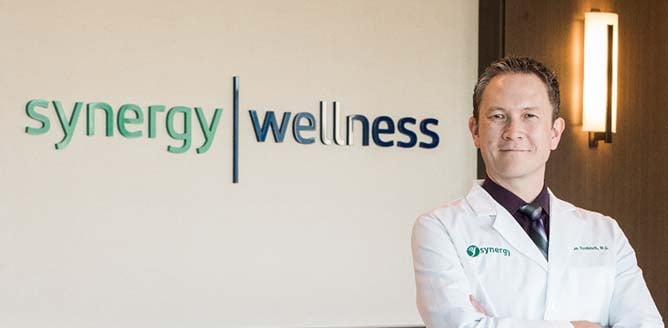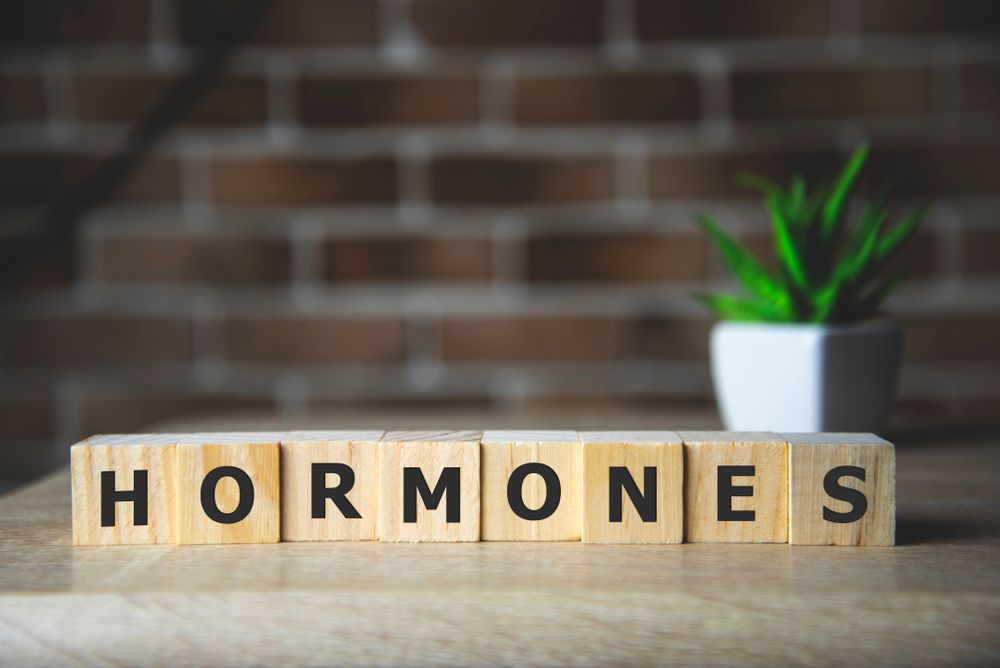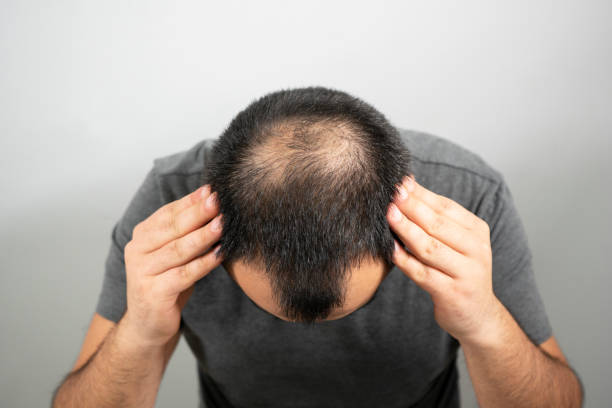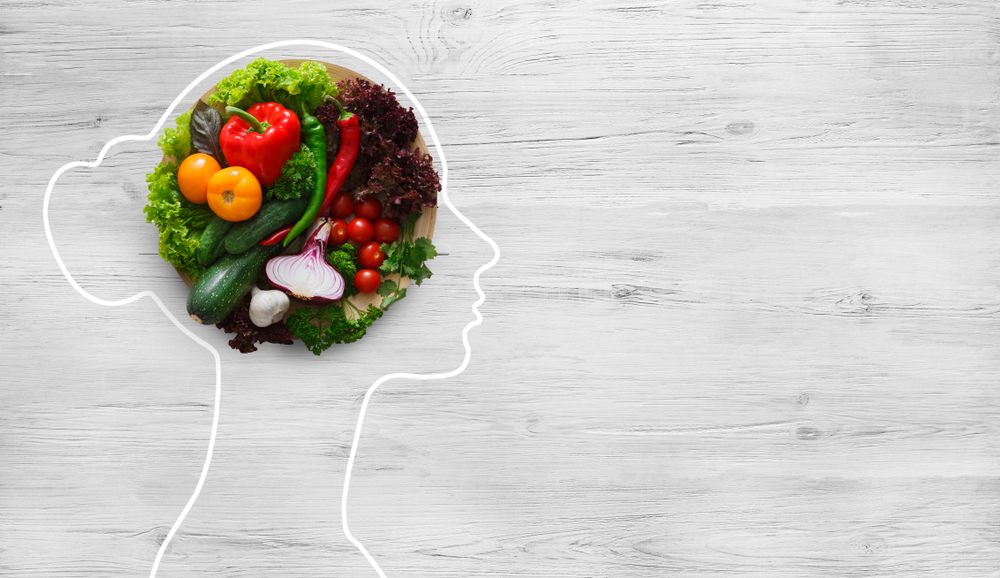Recently went in for a weight loss consultation where I met Sarah. She was so helpful and kind and was able to walk me through the entire process. The girls administering the EKG, and the BMI test, along with the gentleman at the front desk were all absolutely kind and …
By far one of the best if the best institutions for weight loss in Bakersfield. Started my journey with their friendly service and have lost over 60lbs! I strongly recommend anyone interested to call them and schedule
My first time going to weight loss and I appreciate them for making me feel comfortable and welcome. I was greeted once I entered and they made sure I was well informed and I was comfortable enough to ask question as they were eager to answer. Can’t wait to continue …
Went in needing help with weight loss and walked out extremely happy. Everyone answered all my questions and listened to me. I’m super excited to start this program.
When I started here I weighed 245 pounds, very non confident specially! I really thank God for synergy because my weight is now 203 pounds and my confidence is growing especially with talking to people (cough 🤭gurls). Gratzi!
Been doing age management and weight management. I couldn’t be Happier. Everyone is extremely nice helpful and very professional. First time I have ever been to a place like this always thought it was just for women. But they actually have quite alot of options for us guys to. Thanks …
For someone who has always struggled with weight loss, Synergy has been a God sent! The staff is very friendly, very clean offices, highly recommend!
Customer service is amazing and I do so well on their program. Thank you, Synergy, for all you do and for being so awesome. Highly recommend
The staff is very informative! They offer so many services there is pretty much something for everyone. They have been so helpful in trying to help me lose weight and figure out why I have not been able to lose weight. Sarah is so friendly, I have had a great …
Where miracles happen. Honestly, I am glad I found this place. I found the add via Facebook when looking for local places for weight loss. I have honestly tried EVERYTHING and even going to the gym constantly and I never was able to lose more than 50 lbs within the …
The best weight loss program I also got amazing results with Botox and lip filler
I have been on a weight loss journey for some time now and had stalled for what seemed like forever. Synergy was the friend I needed in the fight. Their friendly staff members, effective products. and comprehensive experts have given me so many tools that have helped me break my …
I’ve been coming to this office for years! I always feel welcome when I walk into the office and greeted with a friendly smile by the front desk. Dr. Trobisch was a big part of my weight loss journey. I lost over 50lbs with his guidance on weight management. I …
I’m a big skeptic at heart. I’m the big guy that believes everyone is looking to make a buck at the expense of anyone else. The same big guy that, after several failed diets, believes that diets are nothing more than fads. All that said, I was willing to give …
The staff are very friendly and not much of a wait time. Always in and out. Nathan is super great. He knows exactly what your body need and he is very easy to talk to and he answer to every single question. Also the prices in a good range. I …
This place is my go to for all aesthetics and weight loss! Their weekly Vitamin B shots give me so much energy. They have so many deals constantly.
I’ve been experiencing difficulties losing weight after a serious injury couple years ago. I set up an appointment with Synergy and was able to be seen swiftly. In my consultation, Sarah explained thoroughly everything they would be able to help me with, with different options, and ensured all my questions …
I’m so grateful for Synergy Wellness Center I have lost a total of 40 pounds so far! They have such an amazing team their! Always so friendly and welcoming that you never feel uncomfortable about talking about your weight problems to them! Their also so informative about what todo so …
I absolutely love Synergy! Staff is professional and friendly. Everything is very clean and it has a welcoming environment. Hillary is amazing and made me feel welcomed. I love that they offer a variety of services. I got my B12 shot and it went very smooth!
I come in weekly for b12 shots & Ashlynn is always so happy to help, She always has a smile on her face and is so friendly. She is always asking me about me day or how I’m doing, Im very thankful there are helpful associates like her. She answers …
I started my journey with Synergy on June 2014 when I bought a Groupon for weekly 10 B-12 shots. The energy these shots gave me plus the atmosphere, the service and the people that work there made me feel so comfortable that I started the weight loss program.
I have been on the synergy diet for a couple of months now and have been losing weight each week. The staff is very friendly. It’s exciting going in every week to see how much weight I have lost and to get my shot. I would recommend synergy to anyone …
I’ve been amazed at the results I’ve gotten. The plan definitely works if you follow it! I get the ready to drink shakes because it’s simpler for me given my schedule. The entire staff is friendly, supportive, and encouraging. I’m so happy I came!
I have been going to synergy for 3 years now off and on, every time i come back they just get better and better. they’re an everything center! you name it, they probably do it. no better way to take care of yourself than coming here.
I am so happy with the results that I’ve gotten.. It’s only been a month and I already lost 8 lb the staff and the doctor are super nice.. I recommend this place to anybody that wants to lose weight and be healthy again…
Synergy’s atmosphere and staff are 10/10, I’ve gone in for the dermasweep and I was extremely impressed with my skin! I also go in weekly for my b12 and Lipo B shots and I’ve been dropping serious body fat! They have tons more to offer at this wellness center make …
The whole team at Synergy is incredibly supportive!! They are also very knowledgeable about all of the services they offer. I recommend anyone who is struggling with their weight to visit Synergy!! And for any cosmetic fixes as well, you won’t regret it!
I’ve always battled with feeling comfortable in my weight. I’ve done better losing weight here than I ever have before. They are always welcoming, knowledgeable and they are understanding. I won’t go anywhere else.
Great place very friendly staff. Make you feel welcomed!
First off the staff is amazing! They got me in on the same day I called to make an appointment! and the girls are just sweet and helpful! The new office is so amazing and clean! If you have any questions they have an answer and love that they have …
The staff is quick, friendly and helpful. Dr. Trobisch gave me his honest opinion about the procedure I was interested in. He let me know It may not give me the results I was looking for because of my complextion. I decide to try the weight loss program. I have …
Have been coming here for weight loss. Beautiful clinic, very friendly and attentive staff. Both the doctor and the PA, are patient, informative, and really take the time to listen to our concerns and issues. If I could give 10 stars I would!
This has been a great experience for weight lose. i have been very happy with it i have lost 20 pounds in 1 month i highly recommend this program if you want to lose weight and the staff is very kind when it comes talking to you about the program.
I wasn’t sure what to expect at first. Thinking it was like weight watchers or the Nutri system, it was way better than that. The staff is very nice and friendly, they work with you to help fit you to the right program for you, following there guidance I was …
I have six children of my own and had my last at the age of 40. After the birth of my last child, I could not lose the last 12lbs no matter how often I went to the gym or watched what I ate. I would stare at all of …
Synergy Lifestyle Center is finally helping me make my weight loss dreams come true! In my first month I achieved more weight loss than any other program I have tried.** I was about to just give up! Dr. Trobisch and the staff there are always friendly and professional and genuinely …
My name is Lisa A. and I have been going to Synergy for a year now. I have lost 34 pounds and have seen my energy level increase, along with my happiness level**! Although I’m still about 25 pounds away from goal, with the encouragement and motivation I continue to …
From the moment I walked in, to the moment I was leaving the staff was super friendly and helpful! Even with masks on you can see they’re smiling.
Highly recommend synergy! Staff is super friendly, and down to earth. They are very helpful!
Great experience, very helpful in the information that is given to me and all the staff was very friendly 😊
Excellent facility and staff provided very warm welcome and they are very organized and helpful to guide my specific health goals. I’ll definitely recommend to someone who needs to improve current health conditions.
Friendly and professional staff. Great services. Variety of appointment times available.
All the providers are very knowledgeable and professional. They really take an interest in your personal goals and the follow through and accountability is awesome. The office is clean and modern. Staff are friendly and nice. Everything is very efficiently ran.
So far so good. Everyone was friendly from the first person I encountered to the very last. No one seemed pushy and I didn’t feel pressure into buying any additional services. (But i may use more later) I’ll give another review later when I learn more.
The staff is friendly and professional. The facility is clean. I am eager to try out many of their services!
Love coming here. They communicate effectively whether it’s by email, text, or phone. I’ll definitely be coming for more!
I love this place. They make you feel very comfortable. They are absolute professionals in every aspect. I highly recommend to everyone. Also, it’s very easy to schedule an appointment.
Beautiful office,and very very comfortable. They have lots of different services other then weight lose. They do Botox, threading, so much more. All the girls up front are always so sweet and welcoming. The drs are great and will sit and take the time to answers any questions you may …
Everyone at Synergy was so nice and so helpful. Great experience, great services and wonderful staff.
The doctor is super nice and welcoming, so is the staff! I really trust them with my services.
Great staff! Very professional. The Physician Associate was extremely informative about my tx and medications.
The staff is always nice & attentive as well as very professional, the environment is very clean and comfortable. I have never felt judged by the staff & I felt like they remember you even though you may not be in there long.
Also have a good experience. All staff is friendly!
I had an amazing experience, they have a very positive atmosphere and the staff was very helpful and attentive. I immediately felt comfortable with them and they all made sure I had any questions I had answered!
The office is very nice and clean. The staff and Providers are very pleasant and helpful. I will utilize these services in the future.
Super friendly staff! Clean & comfortable place! I love synergy, would def recommend for all of their services.
I absolutely am so happy with my experience with Synergy! The staff is so sweet, knowledgeable and helpful, they really make you feel more at ease if you’re feeling intimidated. The facility is very clean and modern, I love the environment. I walk out of there feeling very satisfied with …
100% recommend! Staff is amazing, very knowledgeable with all procedures, and the facility is always nice & clean.
They’re always very nice and professional. I highly recommend their office. They provide an array of amazing services and are reasonably priced
Wonderful facility and staff. The coordinator and P.A. spent a lot of time with me, explaining all of my options and made me feel very comfortable. I am excited to continue my treatment with Synergy
Excellent service! No waiting time.
Professional, kind and informative staff. Very convenient to schedule appointments. I feel confident knowing I will always get the best care and service at Synergy.
I can go on and on about how wonderful this office is! The staff is professional and friendly. I would definitely recommend Synergy!
I have been to Synergy for a few different services and I have to say I am so pleased I found them. I love the facials, but the weight loss appointments are the most rewarding. Everything I get in one visit has been more than I have ever gotten when …
Firstly I like how they stay on top of their schedule time.. No waiting around for ever. Kay was super professional and made me feel very comfortable before, during and after my services. Overall everyone was nice and professional and the office is clean.
Synergy has always been great! I’ve seen multiple providers & have always loved my results. Highly recommend!!
I am so pleased with synergy wellness! Their staff are always pleasant and helpful. They offer so many procedures and always knowledgeable when I have questions. I highly recommend them to anyone I know and can’t say enough great things!
I have been coming to synergy for a few years now and I have never had a bad experience. The staff is so friendly and the girls make you feel extremely comfortable! Coming to synergy is well worth the drive to Bakersfield from Visalia !
Absolutely love this place, the staff goes above and beyond to make you feel at home from the moment you walk through the door. Your are immediately greeted by beautiful young happy faces all of whom are ready to answer all of your question and none of whom make you …
Great experience . Clean environment and everyone is so friendly. Myself and a couple of my friends all had a great experience with synergy and highly recommend it.
They have a great staff and are super efficient. I have been many places in Bakersfield and they have a good thing going here.
Synergy wellness center has impeccable customer service. The products/ procedures are top of the line. No one in town even comes close to what synergy has to offer. I strongly suggest to pay it a visit.
Synergy Wellness is a one-of-a-kind business, with a great professional team and a positive attitude. I would recommend this company to any colleague.
Love Dr Trobischs work. His office is super nice and his staff is super friendly. This place offers the newest technology and Dr Trobisch knows what he doing.I Always leave feeling beautiful.
Staff is great really nice building!
I love the atmosphere and staff. REALLY, great experience every time I go. They are cautious with my health and would not anything to compromise that health.
The staff there is sooooo amazing.. it’s always beautiful & clean in there.. the girls are always smiling & happy to help.. I highly recommend it! I’m personally afraid of needles but the shots there don’t hurt & the girls are so professional.. Definitely my go to spot!
Dr. Trobisch and his staff are amazing and knowledgeable.
I love coming here so peaceful as I walk in and the Nurses are so friendly…I recommend it!
The employees are so helpful and energetic . The doctors are awesome and very kind!
Love Dr Trobischs work. His office is super nice and his staff is super friendly. This place offers the newest technology and Dr Trobisch knows what he doing.I Always leave feeling beautiful.
The staff and doctors are extremely welcoming they helped me feel completely comfortable and not feel ashamed for needing help. There plans were easy to follow and worked extremely fast. I now feel happy with my body, I feel like my old self. I would highly recommend Synergy Wellness to …
Had my first appt today and they were all so incredibly nice and supportive and happy and upbeat. Love this place and haven’t even started anything yet. Taylor you are a doll!! Thanks for being so sweet. Maybe someday I can pet ur horse �
Love the new office!! The great promos are always worth it.
I am so happy with the level of professionalism I received!
I am extremely happy here I love everyone and they are helping me feel good about myself again!!!





 We offer various medical aesthetic treatments to help you feel your best and improve your appearance. Turn back your body’s clock and augment your beauty with cosmetic procedures like Fractora, Forma, facial fillers and Botox®. Our medical experts perform our procedures under the supervision of Dr. Trobisch, who received specialized medical aesthetic training in Germany and West Hollywood.
We offer various medical aesthetic treatments to help you feel your best and improve your appearance. Turn back your body’s clock and augment your beauty with cosmetic procedures like Fractora, Forma, facial fillers and Botox®. Our medical experts perform our procedures under the supervision of Dr. Trobisch, who received specialized medical aesthetic training in Germany and West Hollywood.












































































